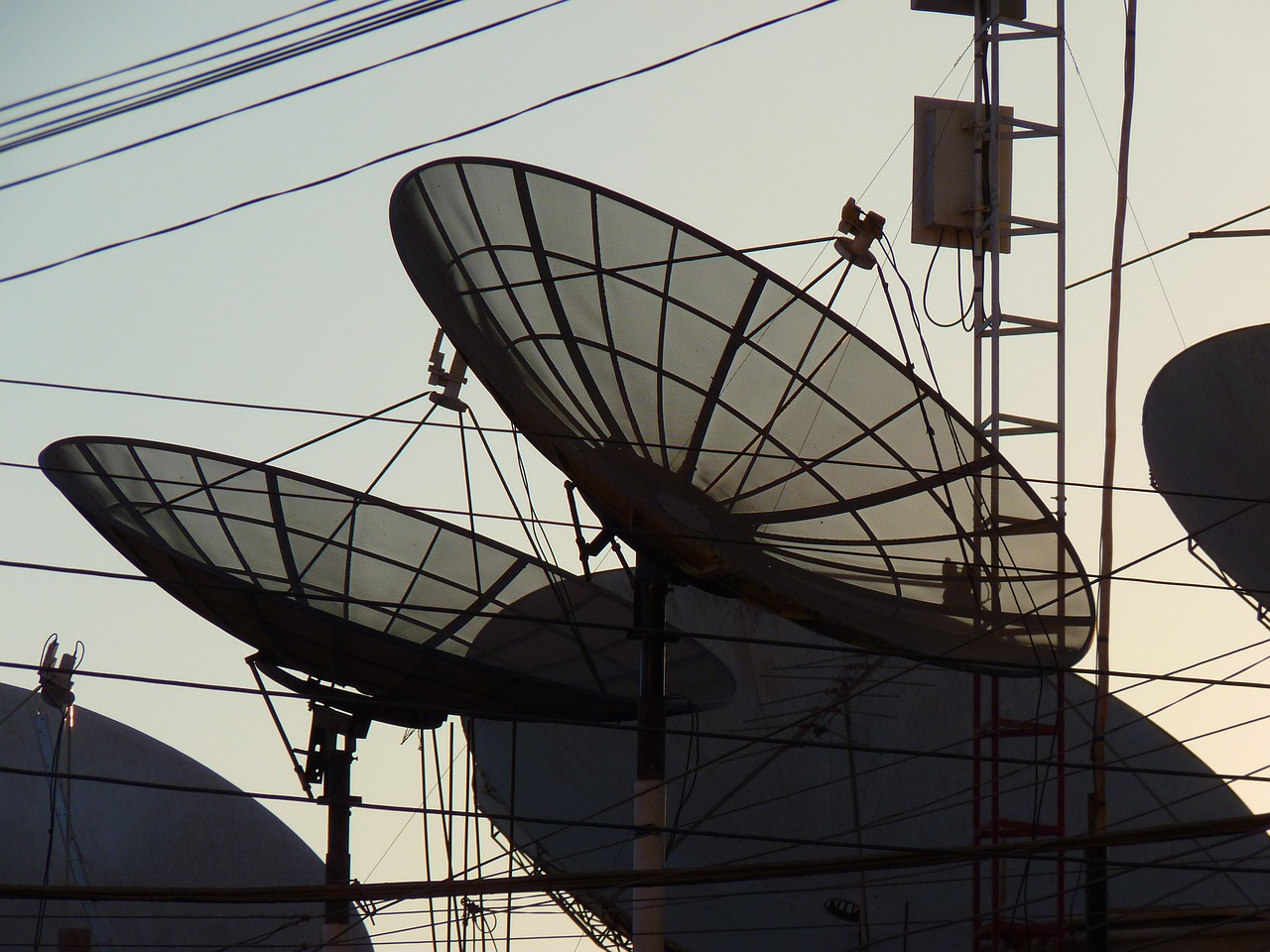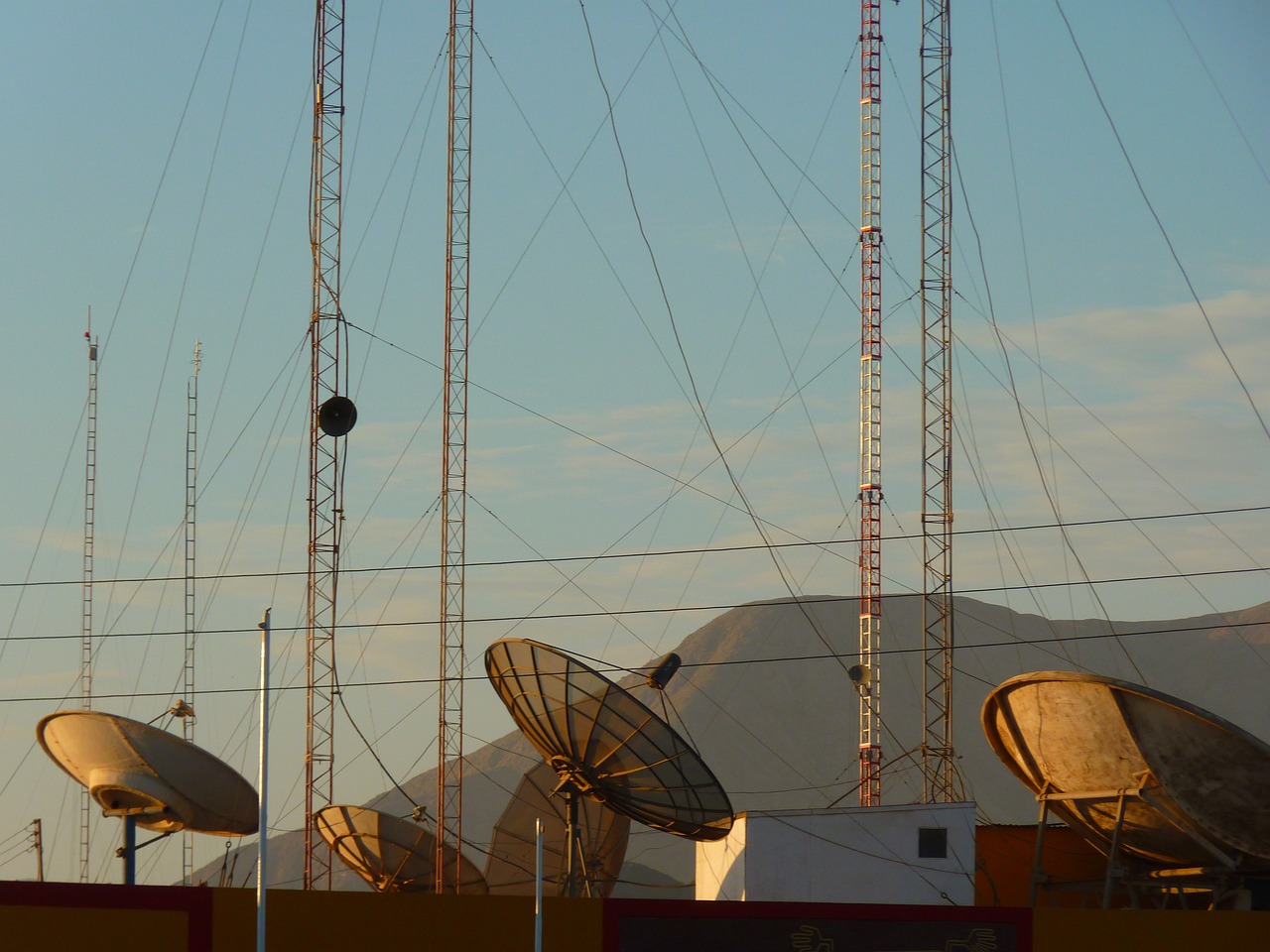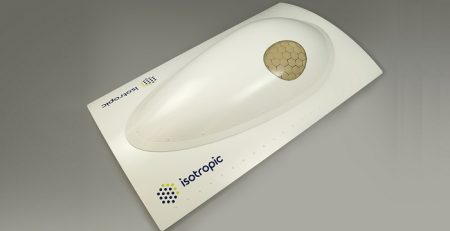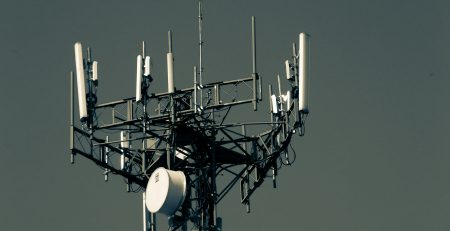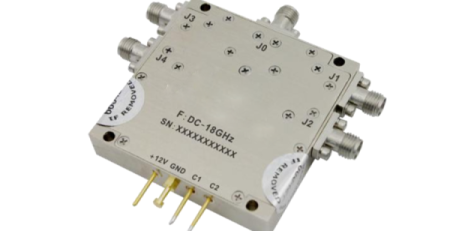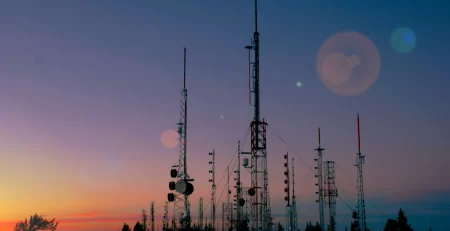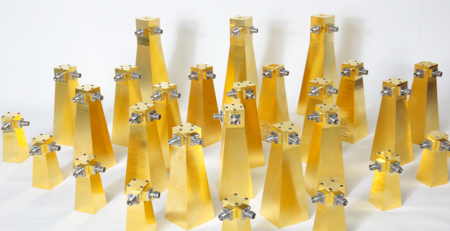The Functionality of Radio Antennas Key Concepts Simplified
Understanding Radio Antennas
Definition and Purpose of Radio Antennas
A radio antenna is a specialized device designed to transmit and receive electromagnetic waves. These waves facilitate communication by carrying signals between different points without the need for a physical connection. The main purpose of a radio antenna is to convert electrical signals into radio waves for transmission and vice versa for reception, enabling various forms of wireless communication.
Brief History of Radio Antennas
The evolution of radio antennas began with early experiments in wireless telegraphy during the late 19th century. Inventors such as Guglielmo Marconi and Nikola Tesla significantly contributed to the development of radio technology. Marconi, for instance, successfully used a rudimentary radio antenna to send a signal across the Atlantic Ocean in 1901. This groundbreaking work laid the foundation for modern wireless communication systems.
Importance of Radio Antennas in Modern Communication
In today’s world, radio antennas play a crucial role in numerous communication systems, including broadcasting, cellular networks, and satellite communication. They are essential in ensuring the effective transmission and reception of signals across vast distances and through various mediums. Without radio antennas, modern wireless communication as we know it would not be possible, affecting everything from daily mobile phone use to global navigation systems.
How Radio Antennas Work
Basic Principles and Operation
Electromagnetic Waves and Antenna Design
The functionality of a radio antenna revolves around the principles of electromagnetic waves. An antenna must be designed to resonate at specific frequencies to efficiently transmit and receive these waves. The design and size of the antenna are directly related to the wavelength of the frequencies it aims to handle. This ensures optimal performance in converting electrical signals into electromagnetic waves for transmission.
Transmission and Reception Process
The process of transmission involves an antenna converting an electrical signal from a transmitter into an electromagnetic wave. This wave propagates through space until it is intercepted by a receiving antenna. The receiving antenna then converts the electromagnetic wave back into an electrical signal, which can be processed by a receiver to extract the original information. This seamless conversion process allows for effective wireless communication across various platforms.
Signal Transmission Techniques
Different Types of Signal Modulations
Signal modulation is a critical technique in radio communication that involves varying a carrier signal to encode information. There are several types of modulation, including Amplitude Modulation (AM), Frequency Modulation (FM), and Phase Modulation (PM). Each modulation technique has its unique advantages and applications, impacting how the radio antenna handles signal transmission and reception.
Bandwidth Considerations
Bandwidth refers to the range of frequencies an antenna can effectively operate within. Bandwidth considerations are vital because they determine the data throughput and the quality of the communication link. A radio antenna designed with a wider bandwidth can handle a broader range of frequencies, facilitating more versatile and robust communication solutions compared to antennas with narrow bandwidths.
Types of Radio Antennas and Their Uses
Wire Antennas
Dipole Antenna
The dipole radio antenna is one of the simplest and most widely used types. It consists of two conductive elements arranged in a straight line, with the feedline connecting at the center. Dipole antennas are ideal for various applications, including broadcasting and ham radio, due to their straightforward design and effective performance.
Monopole Antenna
Monopole antennas are half of a dipole antenna, typically mounted vertically with a ground plane acting as the other half. These antennas are commonly used in mobile and portable radio communication devices, such as walkie-talkies and car radios. Their compact size and omnidirectional properties make them suitable for limited space environments.
Array Antennas
Yagi-Uda Array
A Yagi-Uda array is a directional radio antenna that consists of multiple elements arranged in a linear configuration. It is renowned for its high gain and directionality, making it perfect for television reception and amateur radio. The design includes a driven element, reflectors, and directors to enhance the antenna’s performance in a specific direction.
Phased Array
Phased array antennas use multiple individual antenna elements whose signals are combined and manipulated electronically. This configuration allows for beam steering—redirecting the signal without physically moving the antenna. Phased arrays are highly used in radar and advanced communication systems, requiring precise control over signal direction and strength.
RFecho is a leading company in the field of radio frequency technology, known for its high-quality and innovative products. Among its diverse product range, RFecho’s Radio Antennas stand out, perfectly illustrating how different types of radio antennas serve various purposes.
RFecho’s Radio Antennas are designed with a focus on performance and versatility. They offer a wide range of antenna types, including dipole, monopole, loop, and array antennas, each serving a unique purpose. Whether you need an antenna for broadcasting, receiving signals, or for use in specific environments, RFecho has a solution to meet your needs.
Key Components of a Radio Antenna System
Transmitter Components
Amplifiers
Amplifiers are essential in boosting the power of the signal before it is sent out through the radio antenna. They ensure that the signal is strong enough to reach the desired distance and maintain integrity during transmission. High-quality amplifiers are crucial for efficient and reliable communication.
Oscillators
Oscillators are essential in generating the carrier signal required for transmission. They need to produce a stable frequency to guarantee accurate signal modulation and transmission. The performance of an oscillator has a direct effect on the quality and reliability of the communication link that the radio antenna supports.
Receiver Components
Demodulators
Demodulators are devices that extract the original information from the received signal. They reverse the modulation process applied during transmission, allowing for the retrieval of the transmitted data. Efficient demodulators are vital for clear and precise reception of signals by the radio antenna.
Filters
Filters play a critical role in removing unwanted noise and interference from the received signal. They allow only the intended frequencies to pass through, ensuring that the communication link is clear and free from disturbances. High-performance filters contribute to the overall effectiveness and fidelity of the radio antenna system.
Factors Affecting the Performance of Radio Antennas
Frequency Range and Wavelength
The performance of a radio antenna is heavily influenced by its frequency range and wavelength. Each antenna is designed to operate optimally at certain frequency ranges, which are directly related to the wavelength of the signals it needs to transmit or receive. Antennas resonate and function efficiently when their physical length is a particular fraction of the wavelength they are meant to handle. This relationship ensures that the antenna can effectively convert electrical signals to radio waves and vice versa. Therefore, understanding the operating frequency range and corresponding wavelengths is crucial for designing and selecting the appropriate radio antenna for specific applications.
Impedance Matching
Impedance matching plays a crucial role in determining the efficiency of a radio antenna system. To achieve maximum power transfer between the antenna and the transmitter or receiver, it is essential that their impedance values are matched. When there is an impedance mismatch, reflections and power loss can occur, diminishing the performance of the communication link. Ensuring proper impedance matching allows the radio antenna system to function at its highest efficiency, facilitating clear signal transmission and reception. Techniques such as employing matching networks or tuning the antenna are used to attain the required impedance balance.
Environmental Influences
Weather Conditions
Weather conditions can significantly affect the performance of a radio antenna. Factors such as rain, fog, and temperature changes can alter the propagation characteristics of radio waves. For example, rain can absorb and scatter radio signals, weakening their strength and reducing the effective communication range. Similarly, fog and humidity can impact signal clarity. Antenna design and placement need to consider these environmental conditions to maintain reliable performance. Protective enclosures and weatherproofing measures can mitigate some of these adverse effects.
Obstructions and Terrain
Physical obstructions and terrain features play a vital role in determining the effective range and quality of a radio antenna system. Buildings, trees, hills, and other obstacles can obstruct the line of sight, reflecting or absorbing radio waves. Such obstructions can create dead zones or areas with poor signal quality. Antenna placement at higher elevations or strategically selecting locations with fewer obstructions can enhance performance. Understanding the specific environment where the antenna will operate is essential for optimizing its functionality.
Applications of Radio Antennas in Everyday Life
Broadcast Communications
AM/FM Radio
Radio antennas are integral to broadcast communications, including AM and FM radio. AM (Amplitude Modulation) and FM (Frequency Modulation) radio systems rely on radio antennas to transmit signals over vast areas, reaching numerous listeners. Broadcast antennas for AM radio are usually large, vertical structures that can efficiently transmit low-frequency signals. FM radio antennas, on the other hand, are typically shorter and can be mounted on towers or buildings. These antennas ensure that radio stations can deliver news, music, and various programs to a broad audience.
Television Broadcasting
Television broadcasting relies heavily on specialized radio antennas. TV antennas are specifically designed to capture signals sent out by television stations. These antennas must accommodate a wide array of frequencies, particularly the VHF (Very High Frequency) and UHF (Ultra High Frequency) bands. The radio antennas used for television can come in the form of rooftop installations or be integrated into modern flat-panel displays. Their efficient design ensures clear and consistent reception of TV signals, delivering high-quality content to viewers.
Mobile and Wireless Networks
Cellular Phones
In mobile communication, radio antennas are embedded in cellular phones to facilitate wireless networking. These antennas connect to cell towers that are strategically positioned to cover extensive areas. Cellular antennas need to be compact and omnidirectional to handle signals from multiple directions efficiently. Advances in design have led to antennas capable of supporting various standards like 3G, 4G, and the emerging 5G, ensuring robust and high-speed mobile connectivity.
Wi-Fi Systems
Wi-Fi systems use radio antennas to provide wireless internet access in homes, offices, and public spaces. These routers and access points contain antennas that operate in the 2.4 GHz and 5 GHz frequency ranges. The antennas can be internal or external, with designs that maximize signal coverage and strength within the intended area. Efficient Wi-Fi antennas enable seamless internet connectivity for various devices, supporting activities from browsing to streaming and online gaming.
Specialized Uses
Military Communication
In military applications, radio antennas are vital for secure and reliable communication. These systems require antennas that can operate under harsh conditions and provide high-frequency signal transmission. Military antennas are designed for various purposes, including ground communication, airborne systems, and ship-based setups. Their robustness and precision ensure effective communication in critical and demanding environments, supporting missions and operations.
Satellite Systems
Satellite communication heavily depends on specialized radio antennas. Ground stations employ large parabolic dish antennas to both send and receive signals from satellites in orbit. These antennas are designed to focus and direct radio waves with great accuracy, making long-distance communication possible. Satellites are equipped with their own onboard antennas to manage data transmission back to Earth. This collaboration between ground-based and satellite-based radio antennas enables global communication, including GPS, weather forecasting, and broadcasting.
Future Trends in Radio Antenna Technology
Advances in Materials and Design
The future of radio antennas lies in the innovative use of materials and cutting-edge design techniques. Researchers are exploring new materials such as metamaterials, which can manipulate electromagnetic waves in novel ways. These materials promise to enhance antenna efficiency, size, and performance significantly. Additionally, advancements in design, including flexible and miniaturized antennas, will cater to the growing demand for compact and versatile wireless devices. The continual evolution in materials and design points toward more efficient and reliable radio antennas.
Integrating Artificial Intelligence
Artificial Intelligence (AI) is poised to revolutionize the functionality of radio antennas. AI can optimize antenna performance by dynamically adjusting parameters such as frequency, direction, and power based on real-time data. This adaptability ensures optimal signal strength and quality, even in changing conditions. Implementing AI in antenna systems can also predict potential issues and automatically make corrections, enhancing overall reliability. The integration of AI offers significant improvements in the efficiency and management of radio antenna networks.
Potential for 5G and Beyond
The rollout of 5G technology is driving a new wave of innovation in radio antennas. 5G demands antennas that can handle higher frequencies and offer faster data rates with minimal latency. Emerging antenna designs, such as beamforming and Massive MIMO (Multiple Input, Multiple Output), are key to meeting these demands. These technologies allow for more precise control of signal direction and strength, supporting the dense and high-speed connectivity that 5G promises. As we look beyond 5G, research into even higher frequency bands and advanced materials will continue to push the boundaries of radio antenna technology.
To wrap up, the continuous progress and diverse uses of radio antennas highlight their crucial importance in contemporary communication networks. By comprehending their operation, the elements influencing their efficiency, and upcoming trends, we are better prepared to leverage their maximum capabilities in a world that is becoming ever more interconnected.
RFecho‘s Radio Antennas also prioritize durability. They are made from high-quality materials that can withstand harsh environmental conditions, ensuring long-lasting performance. This makes them a cost-effective choice as they are built to last.
In conclusion, RFecho’s Radio Antennas are a testament to the diversity and functionality of radio antennas. They offer superior performance, durability, and ease of installation, making them a top choice for anyone in need of reliable radio frequency solutions. Whether you’re a professional in the telecommunications industry or a radio enthusiast, RFecho’s Radio Antennas are sure to meet and exceed your expectations.


